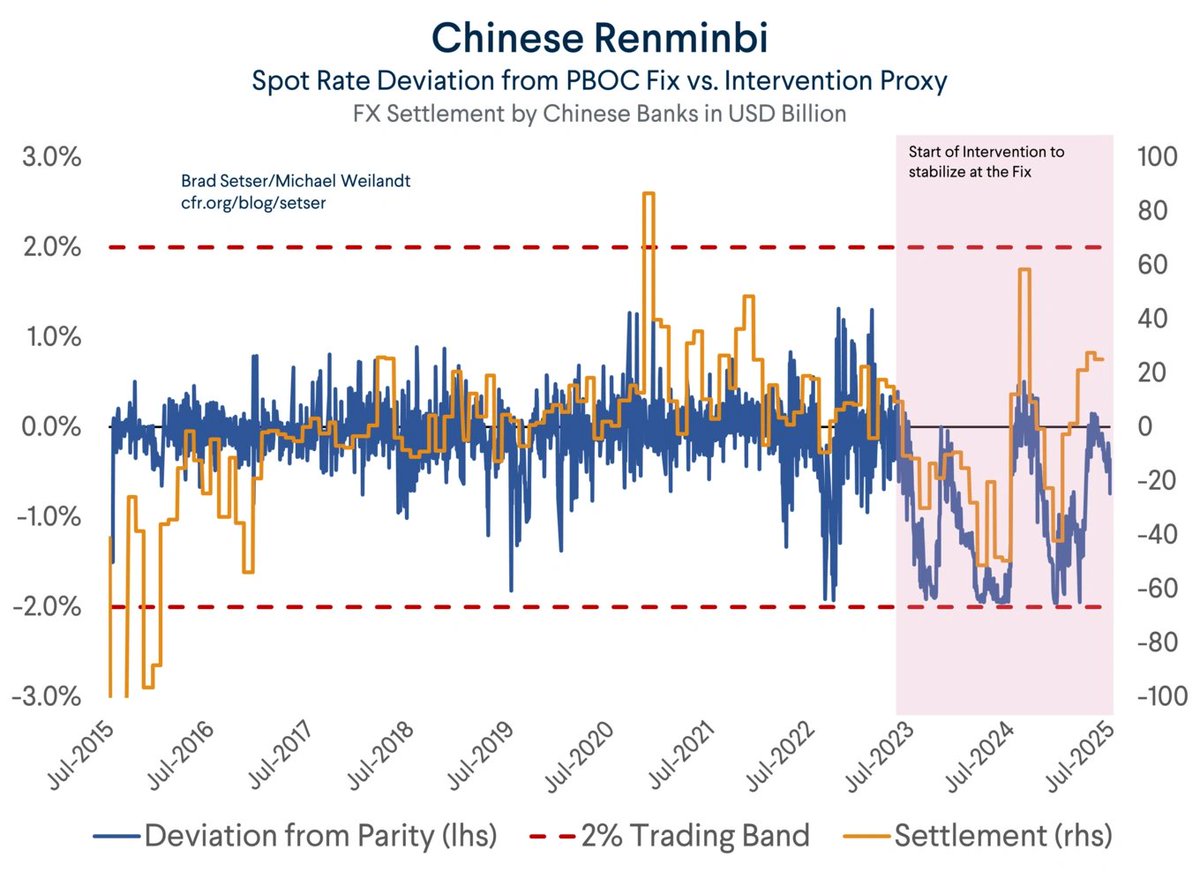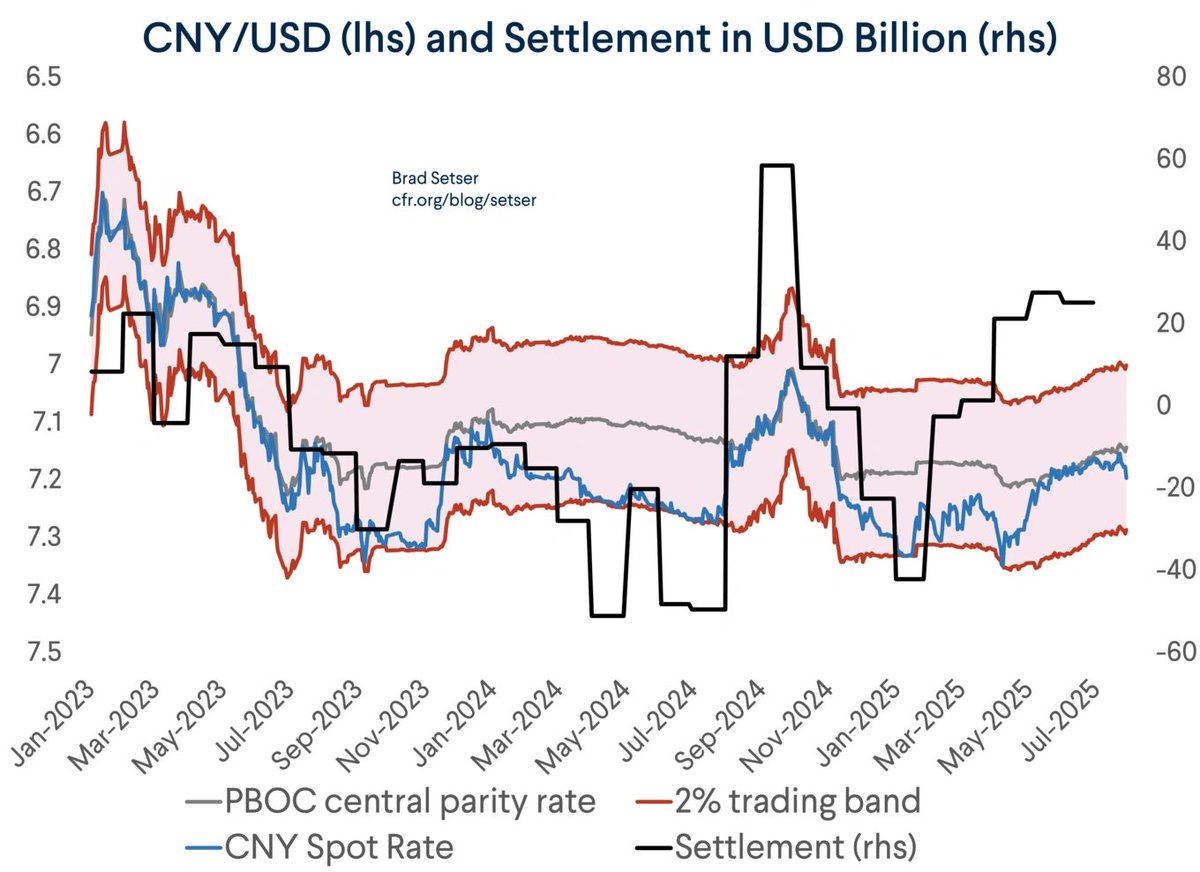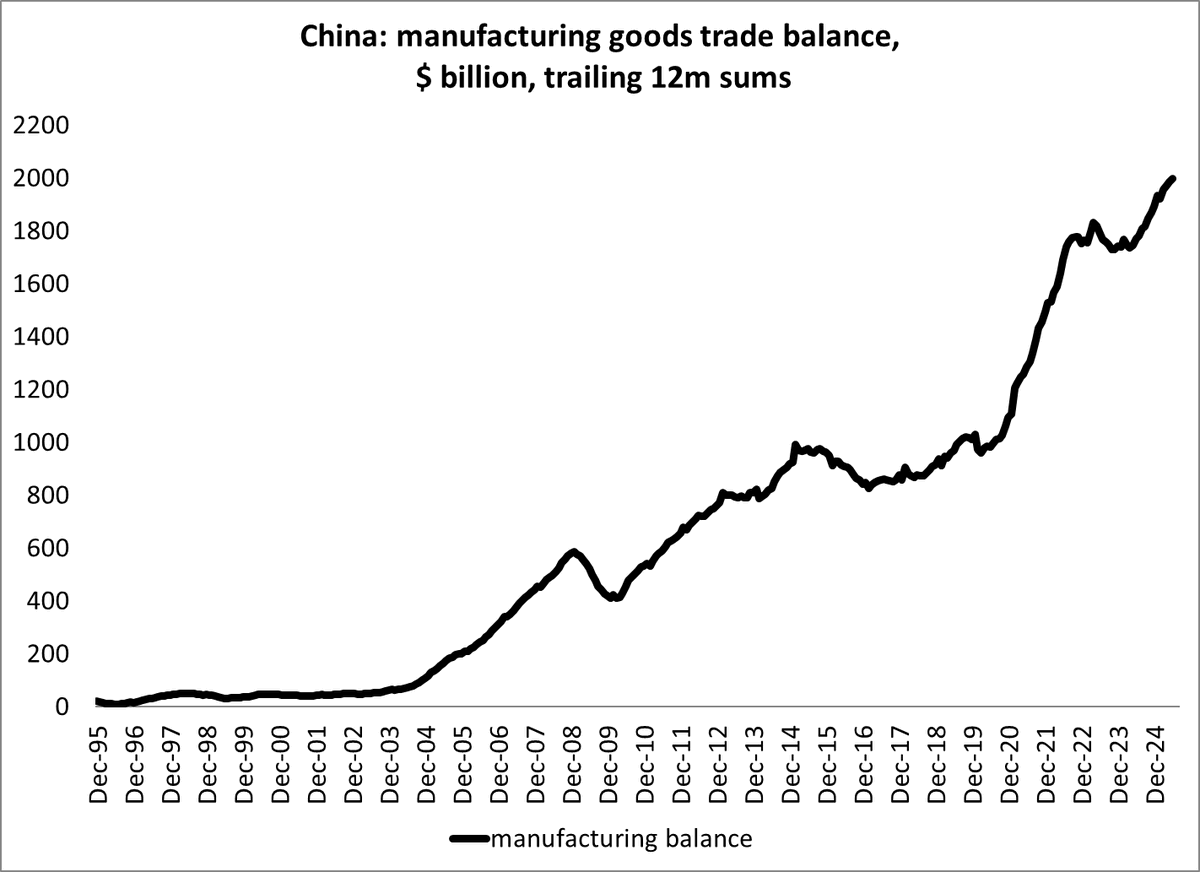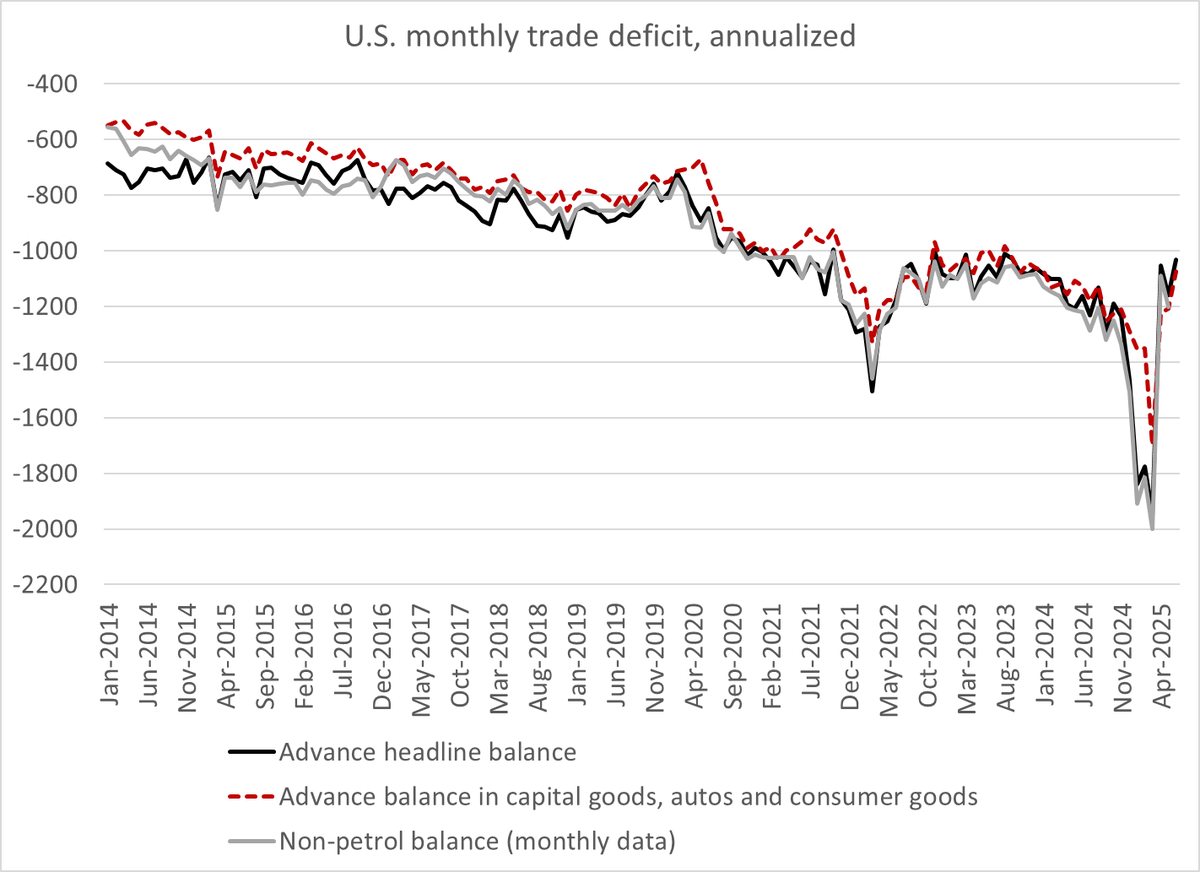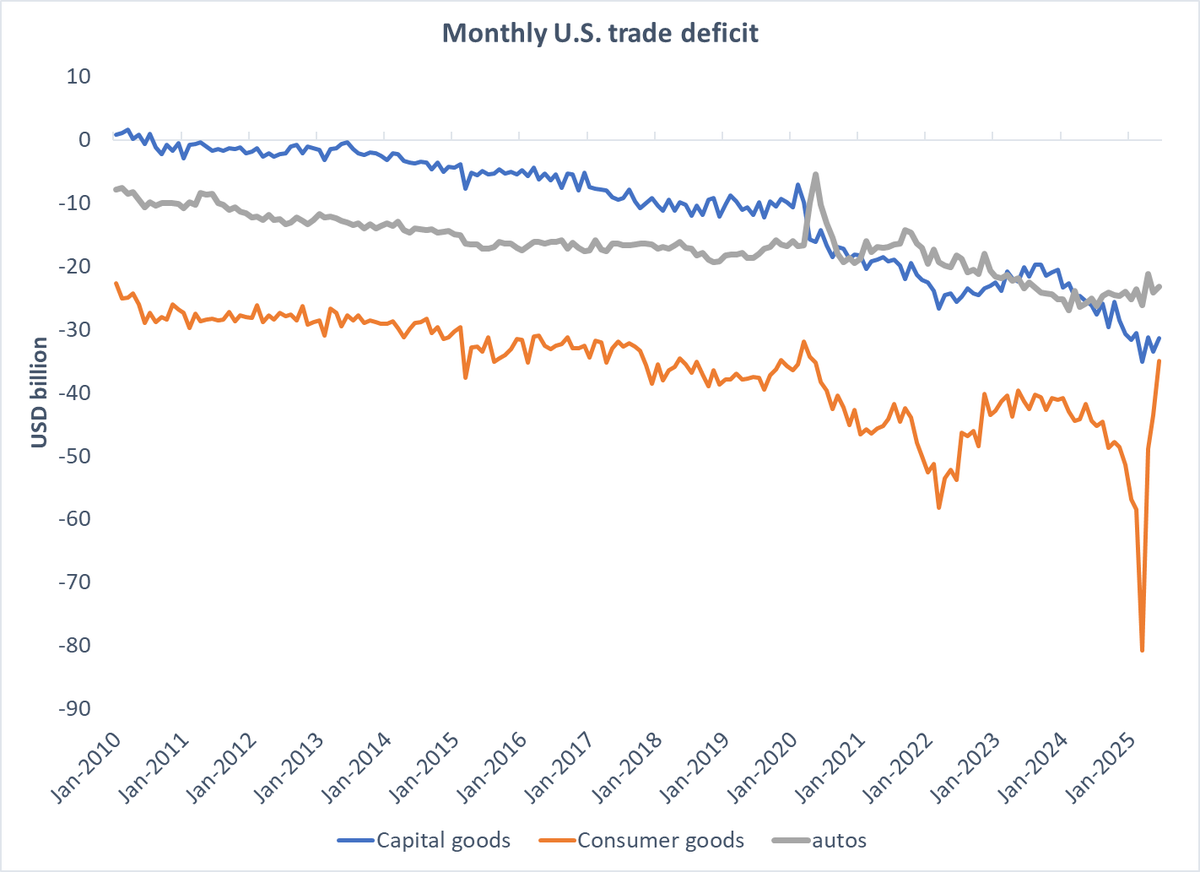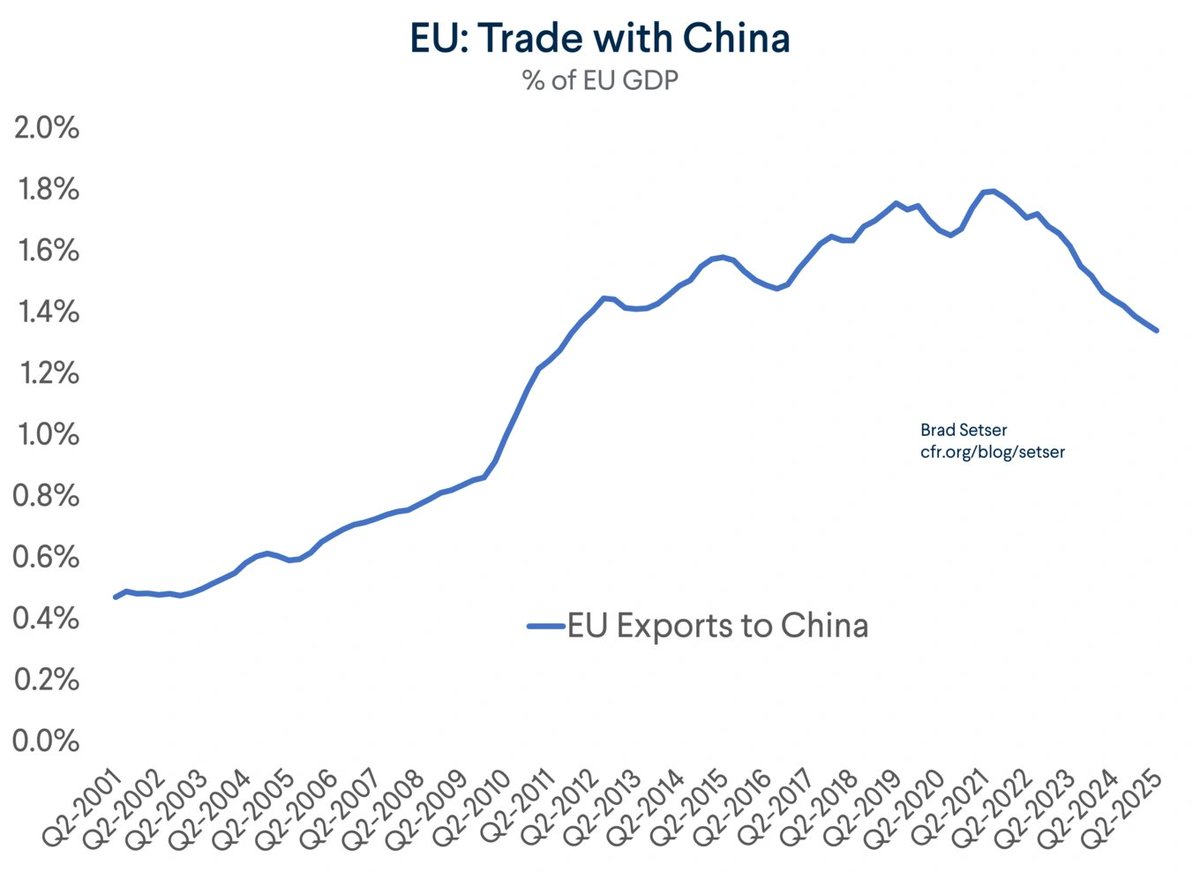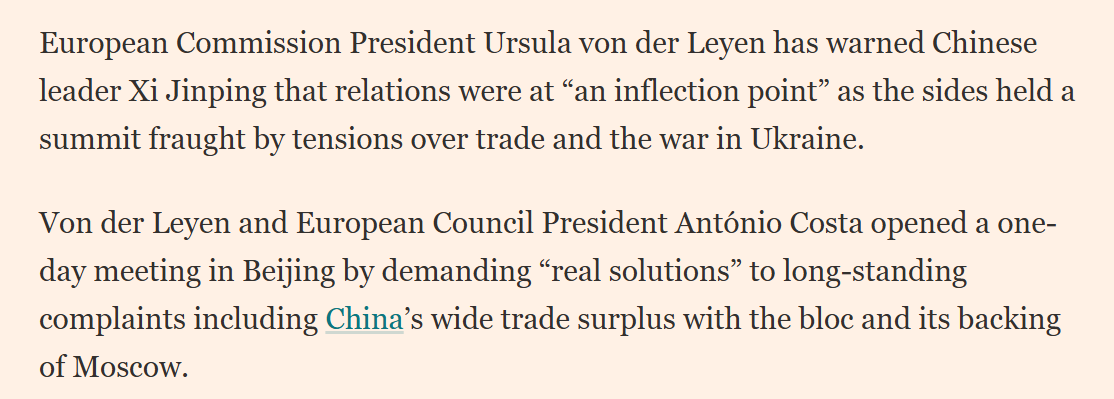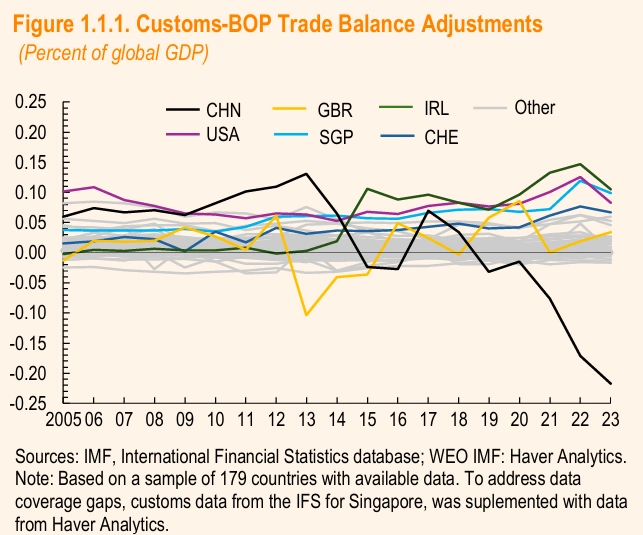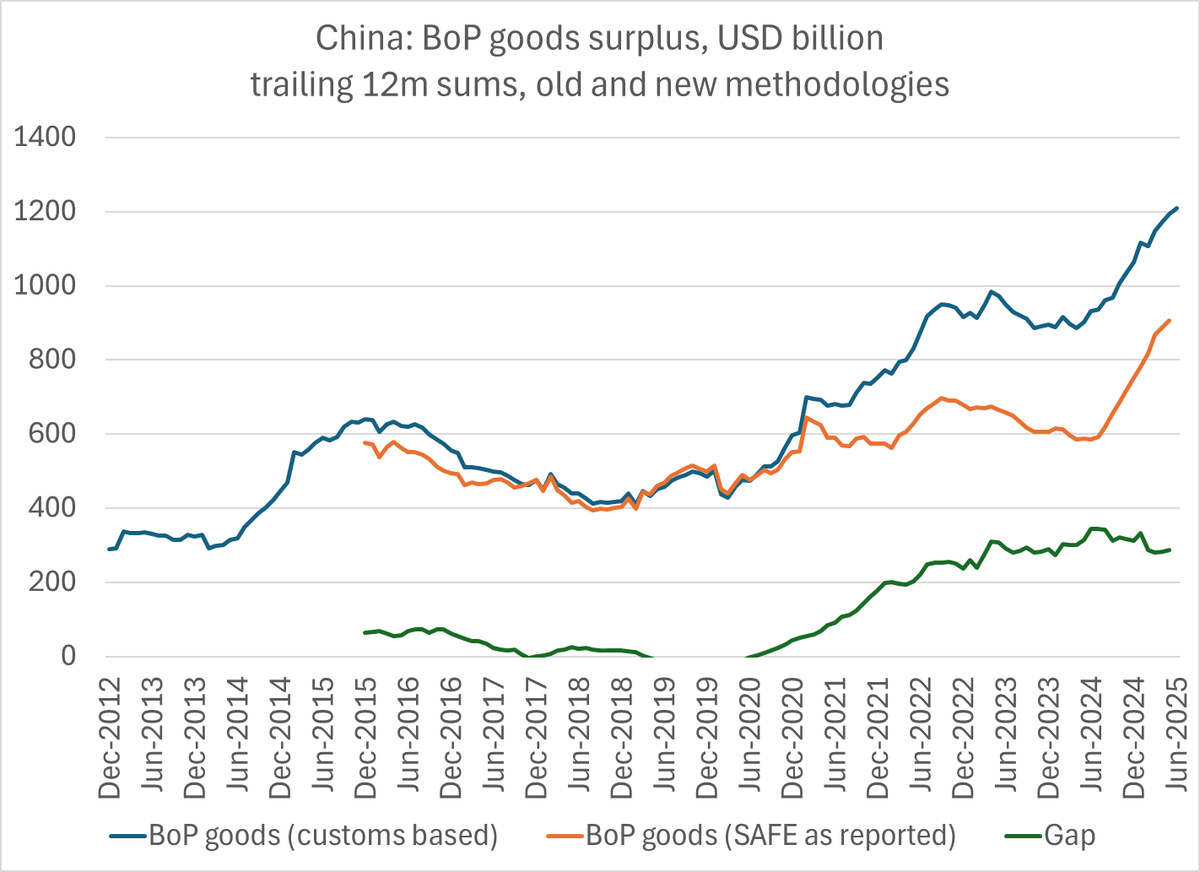Trump's new tariff rate lack rhyme or reason (other than rewarding big countries that made an effort to give him a win ... )
But -- as the decision on Brazil showed -- it is always important to know the exclusions as well as the headline rate ...
1/
But -- as the decision on Brazil showed -- it is always important to know the exclusions as well as the headline rate ...
1/
The 35% tariff rate on Canada is crazy. Nuts. Insane. dumb. Shows a lack of interest in supporting US manufacturing (the US runs a surplus in manufactures with Canada).
But if oil and USMCA compliant trade are exempt, its practical impact will be modest ...
2/
But if oil and USMCA compliant trade are exempt, its practical impact will be modest ...
2/
Same with the high tariff on Switzerland. Crazy. Even to my eyes, and I am no fan of Switzerland's coddling of corporate tax avoidance.
But most US imports from Switzerland are pharmaceuticals and gold, and both are exempt from the reciprocal/ IEEPA tariffs
3/
But most US imports from Switzerland are pharmaceuticals and gold, and both are exempt from the reciprocal/ IEEPA tariffs
3/
Taiwan didn't get a deal -- unlike Korea. But the reward for a deal is modest, a 15% tariff relative to a 20% tariff ...
& until there is a semiconductor 232, most of Taiwan's exports to the US (chips and chip heavy electronics) aren't tariffed.
4/
& until there is a semiconductor 232, most of Taiwan's exports to the US (chips and chip heavy electronics) aren't tariffed.
4/
This is in no way a defense of tonight's tariff actions.
It is intellectually and economically indefensible to have a higher headline term 2 tariff on Canada (where the US runs a surplus ex oil) than on China (a true global problem ... ) even in Trumpian terms ...
5/
It is intellectually and economically indefensible to have a higher headline term 2 tariff on Canada (where the US runs a surplus ex oil) than on China (a true global problem ... ) even in Trumpian terms ...
5/
I don't get why it makes sense for most of southeast Asia to be tariffed at 19% while Vietnam is at 20% -- extra administrative complexity for no real reason ...
6/
6/
Tariffing "transshipped" goods ( transshipment for tariff avoidance is already illegal, so the term is being misused) from China at 40% when the tariff on goods coming straight from China face a 30% base tariff (plus the 301 tariff, minus 10% for a 232 sector) makes no sense 7/
There aren't yet actual rules defining the Vietnamese content needed to make a good Vietnamese rather than Malaysian or Chinese, but a higher tariff on transshipped goods than on goods from China penalizes Vietnamese assembly ... 8/
Chinese parts, assembled in China & shipped from China, in a non 301 sector and a non 232 sector = 30% ...
Chinese parts, assembled in Vietnam and shipped from Vietnam = 40% tariff ... (or so it seems ...)
9/
Chinese parts, assembled in Vietnam and shipped from Vietnam = 40% tariff ... (or so it seems ...)
9/
This isn't just protectionism, it is bad protectionism -- and will have all sorts of unintended consequences.
But its actual impact for now depends on the scale of the exclusions
10/
But its actual impact for now depends on the scale of the exclusions
10/
Also seems like 15% is the new base tariff -- with some lucky countries getting 10% and a big exclusion for now for USMCA compliant trade (in non-232 sectors, which is about 20% of US non-oil imports) and a lot of 20% and 30% bringing the overall tariff rate up
11/11
11/11
• • •
Missing some Tweet in this thread? You can try to
force a refresh


